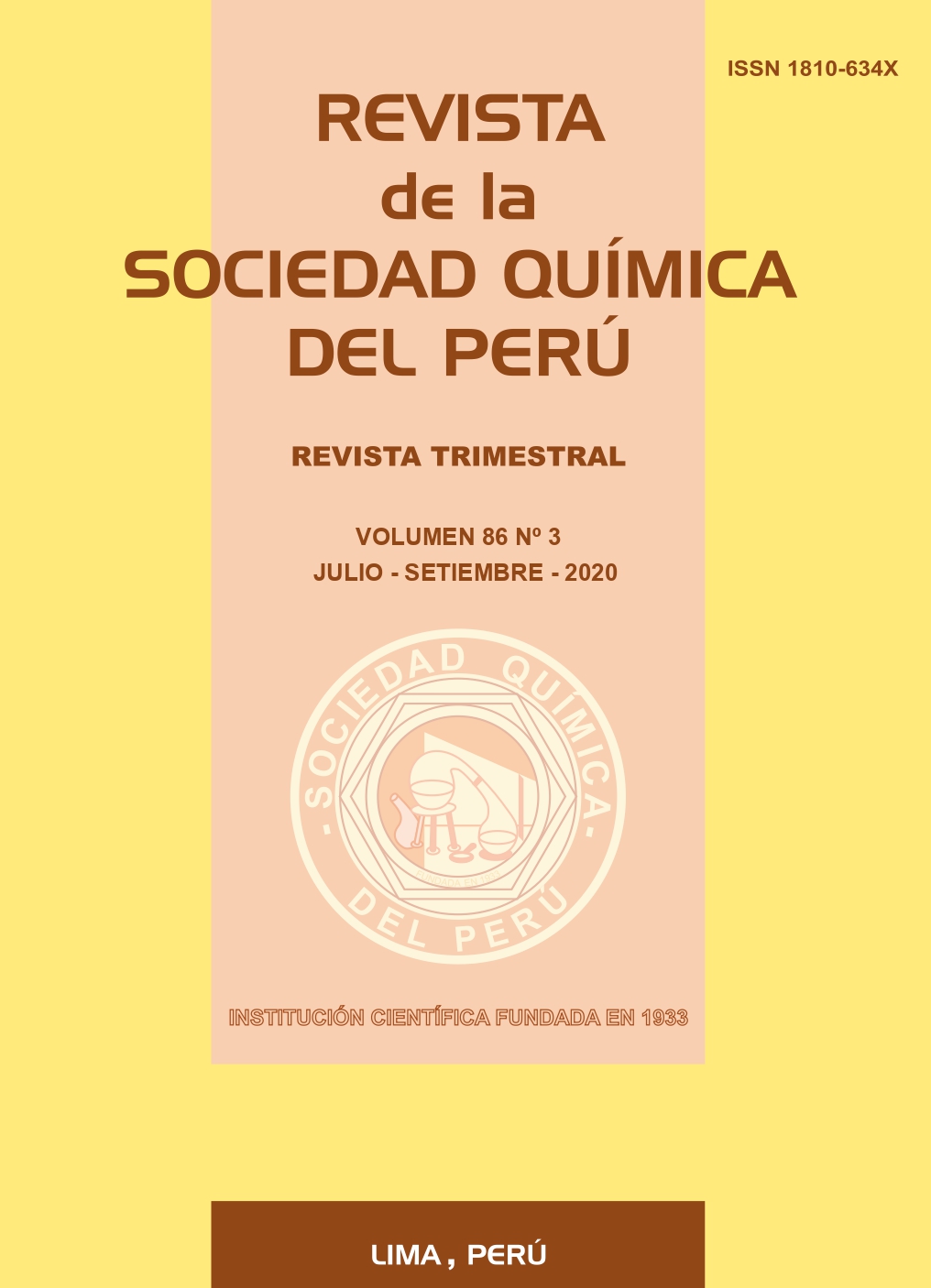BIOSORPTION OF DYE METHYLENE BLUE USING THE CLADODES OF THE TUNA (Opuntia ficus indica)
Abstract
Biosorption is an effective process for removing synthetic dyes from aqueous solutions. The use of prickly pear cladode biomass (PCB) was studied to remove the methylene blue cationic dye (MB) from the aqueous solution. The characterization techniques: FTIR, SEM and point of zero load (pHPZC) show the chemical and physical characteristics of PCB. Experimental parameters that affect the biosorption process, such as pH, contact time and biomass / volume dose, were evaluated in a continuous system. The equilibrium experimental data were adjusted to the Langmuir isotherm model, the maximum biosorption capacity of the MB was 156.25 mg / g with a dose of PCB/volume of 4 g / L, pH 8 and contact time of 120 min. Kinetic data can be well described with the pseudo-second order model, biosorption appears to be controlled by chemisorption and may be involved with adsorption on the surface and diffusion into the pores throughout the biosorption process. PCB was shown to be a promising, efficient, and biodegradable biomaterial for removing AM from wastewater.
Downloads
Copyright (c) 2020 Sociedad Química del Perú

This work is licensed under a Creative Commons Attribution 4.0 International License.
Revista Arbitrada
Derechos reservados: Prohibido el uso total o parcial del material de esta revista sin indicar la fuente de origen.
Nota: Las referencias comerciales que aparecen en los trabajos no constituyen una recomendación de la
Sociedad Química del Perú










